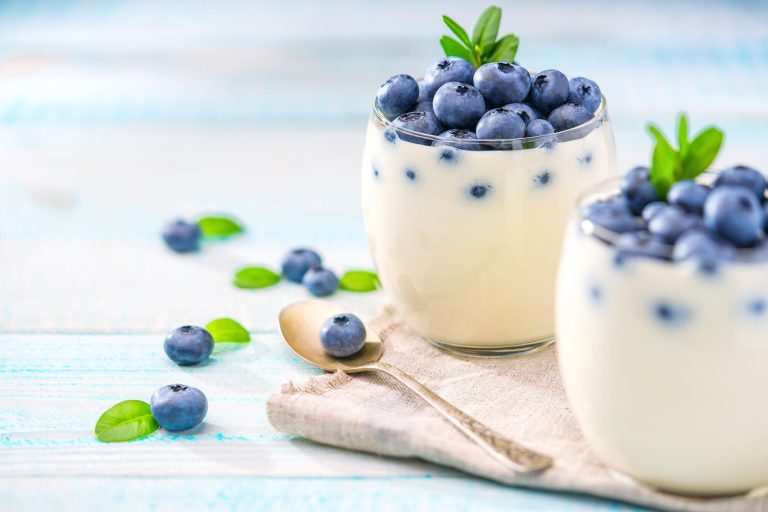Navigating the GST Landscape: A Case Study on Chobani’s ‘Flip’ Yoghurt

Explore Chobani’s Flip Yoghurt GST case study with insights on navigating tax challenges. Learn from Bates Cosgrave’s expertise in GST management.
The recent case before the Administrative Appeals Tribunal (AAT) sheds light on the intricate line differentiating between GST-free and taxable foods, exemplified by Chobani Pty Ltd’s experience with its ‘Flip’ yoghurt range.
Introduced in 2000, the Goods & Services Tax (GST) excluded basic food to garner support for the new tax regime. Over the years, this exclusion has led to a nuanced division between GST-free and taxable foods, constantly undergoing scrutiny and adjustment. Chobani, a prominent U.S. yoghurt company, recently challenged this dividing line in a case before the AAT.
The focal point of the case was Chobani’s ‘Flip Strawberry Shortcake’ flavoured yoghurt. The question revolved around whether this product, comprising a tub of strawberry yoghurt and a separate tub of baked cookie and white chocolate pieces, should be subject to GST. If the components were sold independently, the baked cookie pieces would be taxable, while the yoghurt would be GST-free.
Initially, Chobani treated the ‘Flip’ yoghurt range as GST-free, relying on a 2001 GST ruling that considered a supply with multiple parts as a composite supply. According to this ruling, a composite supply could be GST-free if the other components did not exceed the lesser of $3 or 20% of the overall product.
In 2021, the Australian Taxation Office (ATO) altered its stance, deeming the ‘Flip’ yoghurt as a combination food and therefore taxable. Combination foods, where at least one component is taxable, attract GST. The AAT sided with the Commissioner’s interpretation, affirming that the ‘Flip’ product qualified as a combination food.
The outcome of the Chobani case has broader implications. Firstly, the ATO has issued a new draft GST ruling (GST 2023/D1) on combination foods, replacing previous guidance. The ruling outlines three principles for determining a supply of a combination food:
- Presence of at least one separately identifiable taxable food.
- Sufficient connection between the identifiable taxable food and the overall product.
- The identifiable taxable food should not be so integrated or insignificant within the product that it has no impact on its essential character.
Secondly, the ATO’s GST status classification for major product lines is likely to undergo changes. Notably, the case prompts food manufacturers, importers, and distributors to stay abreast of the evolving GST landscape and ensure accurate classifications—a dynamic scenario that demands ongoing attention.